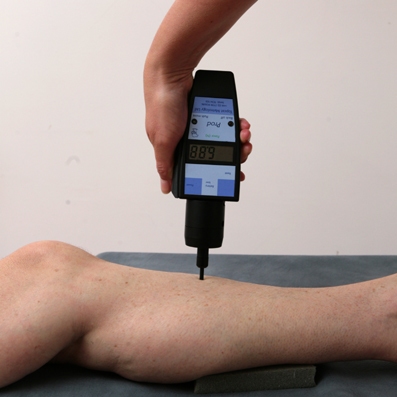Click here for our Prod range of mechanical algometers, also known as palpometers or force gauges
Click here for our small and large animal wireless mechanical nociceptive testing systems
Click here for our rolling diaphagm actuators for mechanical testing

Some background:
Mechanical nociceptive threshold (MNT) testing is used for both research and the clinical evaluation of pain. It is widely used in animal studies to evaluate treatments which either increase the threshold (analgesics) or which decrease it (irritants, trauma, disease). Analgesics now generally require testing for efficacy, dose and comparison against a gold standard under laboratory conditions prior to drug registration. In these studies the animal’s aversive response is taken as the endpoint and called the threshold. A similar approach is used in basic research where the mechanical threshold is commonly used in rodents to determine the presence or absence of pain and its exacerbation or alleviation. Studies in human subjects enable the distinction between a whole range of painful and non-painful sensations to be made. In animals, however, the sensation experienced is unknown and we assume that a stimulus that is painful to us and which produces an appropriate response in the animal is the threshold for pain.
Many methods for MNT testing are described in the literature, making it difficult to compare data from different studies. Results are affected by the following:
- probe size and shape
- the rate and method of force application (hand-held or fixed on the subject)
- the interval between tests
- The characteristics of the tissue that is stimulated
- the testing environment and level of distraction
 The size of the probe tip also influences the type of tissue most affected by the stimulus. Larger probes (probably larger than 2mm in man) elicit deep muscle pain while smaller probes elicit cutaneous pain. Studies have shown that the application of local anaesthetic cream to the skin increases MNT very little with the larger probes, showing that the pain is largely from deep muscle.
The size of the probe tip also influences the type of tissue most affected by the stimulus. Larger probes (probably larger than 2mm in man) elicit deep muscle pain while smaller probes elicit cutaneous pain. Studies have shown that the application of local anaesthetic cream to the skin increases MNT very little with the larger probes, showing that the pain is largely from deep muscle.

